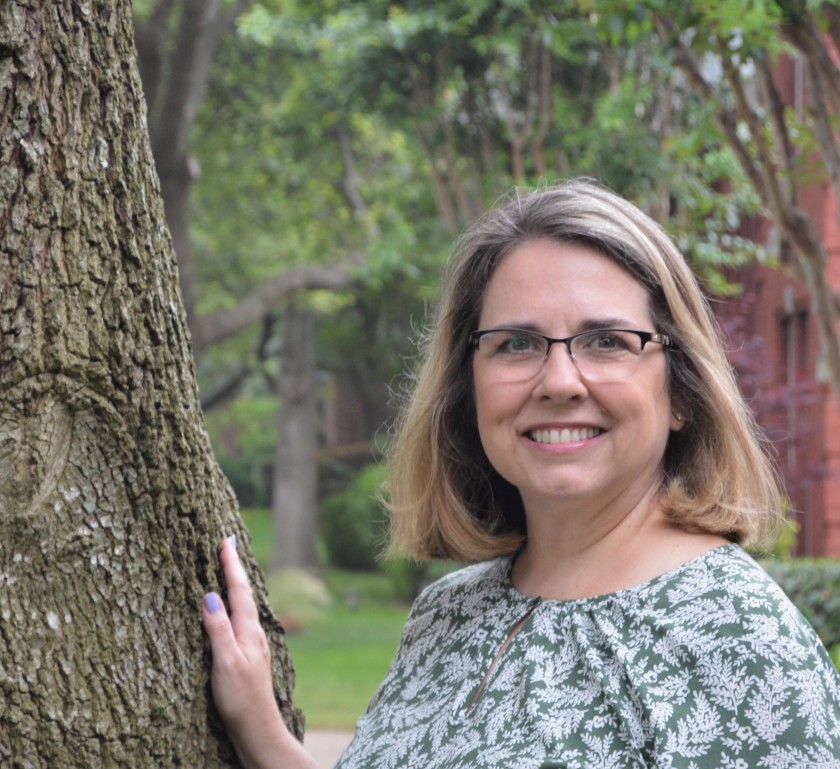It’s not every day that a tenured financial advisor starts from scratch mid-career, but that’s exactly what Melissa Brennan did.
Brennan, 52, left her firm at the end of January to rebuild a book of business. Her client count? Six.
“It’s terrifying,” she says. Nothing ended up as she originally planned — particularly because of COVID-19.
Two years ago, the president of Brennan’s former employer was diagnosed with ALS, she says. He didn’t have a succession plan and opted to sell his RIA to Focus Financial-backed CFO4Life. Brennan signed a two-year noncompete and nonsolicitation agreement.
“I didn’t feel like I had time to formulate what my next step was going to be,” she says. ”It just seemed like the right thing to do — to just plug along and make sure everybody was tucked in before I left, even though it meant worse terms for me.”
While many advisors won’t have to face this stark a scenario when going independent, some have to leave part — or all — of their books behind.

About seven in 10 advisors who move to the independent channel will take 76% to 99% of their clients with them. But about 17% only take half, or less than half, with them, according to Schwab’s 2018 study on independence.
For advisor Marguerita Cheng, 25% to 30% of her clients stayed at Ameriprise when she left the firm to open her RIA, Blue Ocean Private Wealth, around the very end of 2013.
“Not every client could follow me,” she says, noting that some had proprietary products.
Some firms can be aggressive in keeping clients at the firm. Morgan Stanley and Edward Jones have been known to take former employees to court over client solicitation.
Even at firms still in the Broker Protocol, an industry agreement that makes it easier for advisors to reach out to clients if they follow certain guidelines, it can get contentious.
Cheng says Ameriprise, a member of the Protocol, called her mother (one of her clients) at least three times to verify she hadn’t known about her daughter’s departure beforehand, she says.

“Every firm does that. It was just hard,” she says. “This is a business that can be very competitive — very cutthroat. Many times people of color and women don’t like this aspect of the business.”
In response to a request for comment on calls to Cheng’s mother, an Ameriprise spokeswoman said: “That is not consistent with our policies and procedures.”
Rebuilding
For advisors starting a next act in their career with a reduced or zeroed-out client count, it’s time to rebuild.
Brennan found it harder than she originally anticipated. Soon after she had left CFO4Life, the coronavirus pandemic escalated in the U.S.
“I was ready to work from home but not prepared to network electronically,” she says.
Brennan has focused attention on marketing and finding new ways to reach prospective clients. She has redone her LinkedIn profile, responded to FPA media queries and reached out to professionals, such as family law attorneys, who work with widows and divorcees, her longtime niche.
“Being open-minded has really been beneficial,” Brennan says, noting that she’s accepted invitations for free marketing resources from consultants.
For Cheng, the first step was solidifying her position with current clients she’d had at Ameriprise.
“Some people gave me more money when I left Ameriprise, because I had more choice and more options,” Cheng says.
It’s important to differentiate yourself, she says. After leaving Ameriprise, Cheng started writing content and blogs and developing a personal brand. In 2015, she started to write for Kiplinger.
It’s all worth it, according to Brennan.
“The best part about being self-employed is it’s all down to me, and I can decide what’s right,” she says.
Leave a Reply